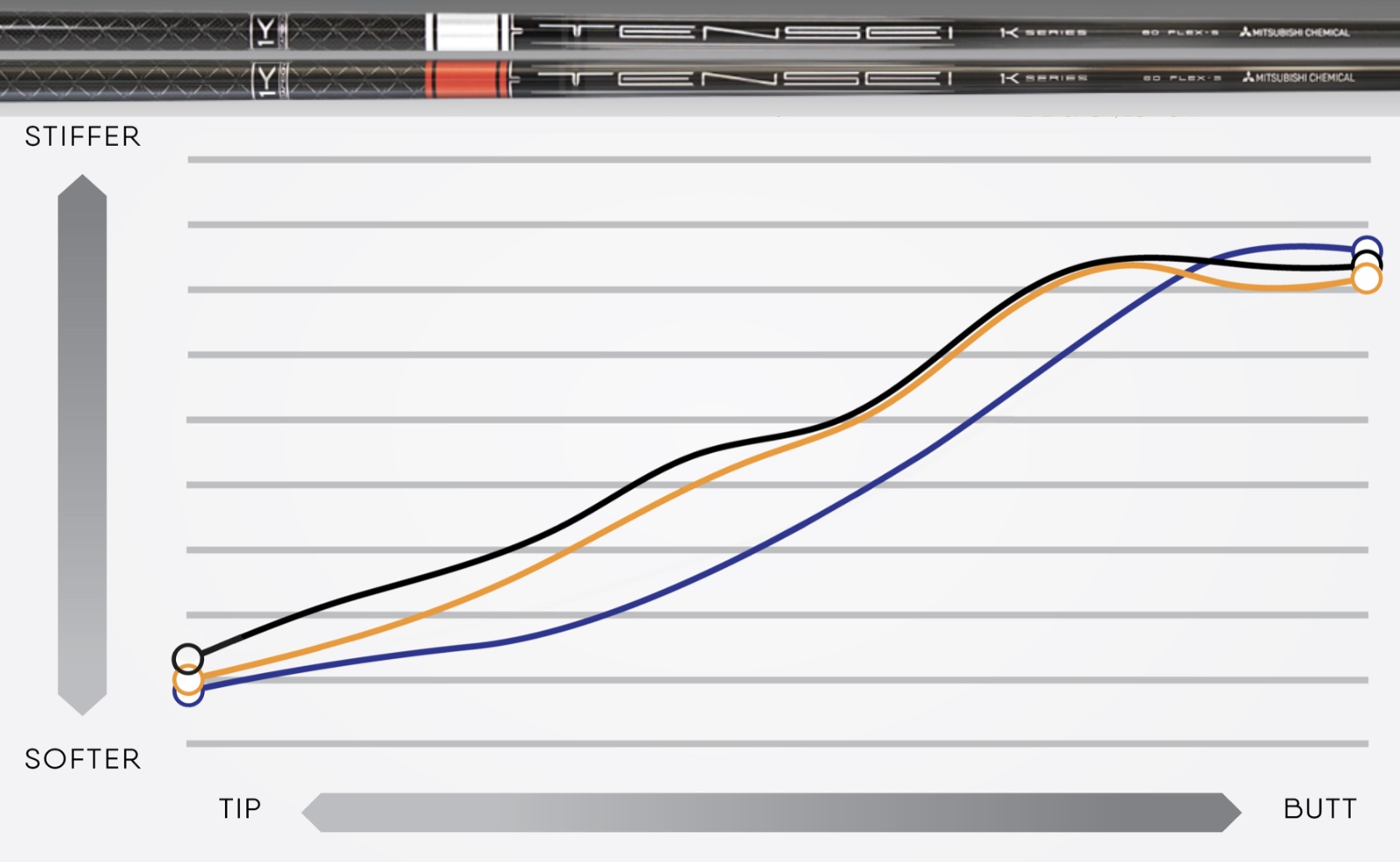PELVIS MOVEMENT
Hip Acceleration and Hip Deceleration
Movement and positioning of the pelvis at address and during the swing are fundamental building blocks of an efficient swing. The K-Vest measures rotation, bend (forward and backwards) and side-bend (lateral tilt) of the pelvis, thorax, and lead hand (club) to reveal their kinematic sequence.
Rotation is measured in degrees per second (rotational velocity). To examine how it changes with time during the swing, we can plot rotational velocity vs. time to generate a graph that shows how the rate of acceleration of pelvis rotation changes. Time can be graphed as seconds or frames of capture (as in graph below). The current K-Vest sensors measure 180 frames per second.

In this graph, the pelvis is shown rotating away (negative rotation) from the address position (takeaway) in the backswing as expected. Just prior to the top of the backswing the pelvis turns towards the target. The rate of pelvis acceleration for this player is relatively steady until past halfway in the downswing. At this point the rate of acceleration slows down and reaches peak acceleration about 3/4 of the way in the downswing.
After maximum acceleration has been reached in this skilled player, the rate of acceleration decreases (deceleration) relatively rapidly and the pelvis turns away from the target (negative rotation). This quality compares favorably with many of the best tour players in golf and indicates the capability to transfer full power from the lower body to the upper body.
However, two characteristics limit the efficiency of pelvis rotation for this player: the level of peak acceleration and its timing in the downswing. A competition level player will find their best performance when the peak acceleraton exceeds ~450 deg/sec rotational velocity, and when the peak occurs closer to midway through the downswing.
To understand what contributes to these limitations in pelvis acceleration, we look closely at pelvis bend, side-bend, and rotation angles as well as additional body segment movement patterns through the swing. In the graph below, we see excessive forward pelvis bend (arching of the lower back) in the downswing. It often reflects an attempt by the player to use pelvic bending to generate extra power and it carries a high risk of back injury with it.

Pelvis side-bend (lateral tilt) angles during the swing are shown below for the same player indicating good pelvis transition mechanics from backswing to downswing and a slight tendency to spin out somewhat at impact.

Pelvis rotation angles are shown in the figure below and are consistent with the findings suggested by the forward bend and side-bend data.

Overall range-of-motion is also evaluated by TPI functional movement tests. We want to know what joint and muscle restrictions might be contributing to the pelvis swing mechanics that we measure. The results, taken together with the K-Vest studies, will form the basis of corrective exericses and drills to help the player achieve greater distance and accuracy for the effort that's being put into the swing. Inefficient pelvis movement is probably the greatest single limitation that prevents golfers from reaching their maximum potantial distance with accuracy in their golf shots.











